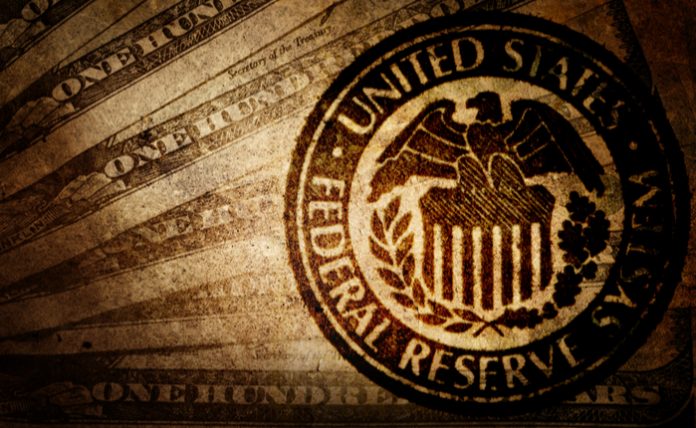As widely expected, the U.S. Federal Reserve hiked interest rates at its final meeting of the year on Wednesday afternoon. While recognizing the continued growth of the economy, the Fed announced a quarter point increase in its benchmark interest rate to the target range of 2.25% to 2.5% after a two-day meeting of the Federal Open Market Committee. This is the fourth time the central bank has raised its benchmark rate this year.
Fed officials made the decision amid mounting pressure from President Donald Trump and some investors who believe the hike is likely to shrink the economic outlook for the new year. The central bank also emphasized that future rate increases will depend on the strength of the U.S. economy.
However, they reduced the number of rate hikes they foresee next year, to two from three, a sign that they may halt their monetary tightening campaign. They also forecast one rate hike in 2020. The central bank cut its expectations for growth in 2019 to 2.3% from 2.5% but left its unemployment forecast unchanged at 3.5%.
Jerome Powell, chairman of the Fed was facing the challenge of persuading Wall Street that he and his team are doing the right thing. The Fed issued a set of economic projections and a policy statement at 2.00 p.m. Eastern Time. Mr. Powell then held a news conference half an hour later to answer questions about the central bank’s plans.
The Standard & Poor’s 500 lost more than 2.2%, having been up 1.4% prior to the decision of the Federal Reserve. In the final minutes of regular trading, it was down 1.54%, or 39.20 points to 2,506.96 points, marking its lowest level due to a Fed rate hike in 24 years. Yields turned negative as treasuries popped, while the yield on the 30-year U.S. Treasury dropped below 3% – the first time in nearly three months.
Andrew Brenner, National Alliance Securities’ head of international fixed income said the Fed doesn’t “recognize how bad the markets are and that is what you are seeing. I am very concerned.”
Ian Lyngen, head of U.S. rates strategy at BMO Capital Markets also said, “The market was looking for a little more than what they got. It was a nod to a fact that risk assets are underperforming and what is going on overseas is concerning but as we learned today it’s not concerning enough to stop the Fed.”










